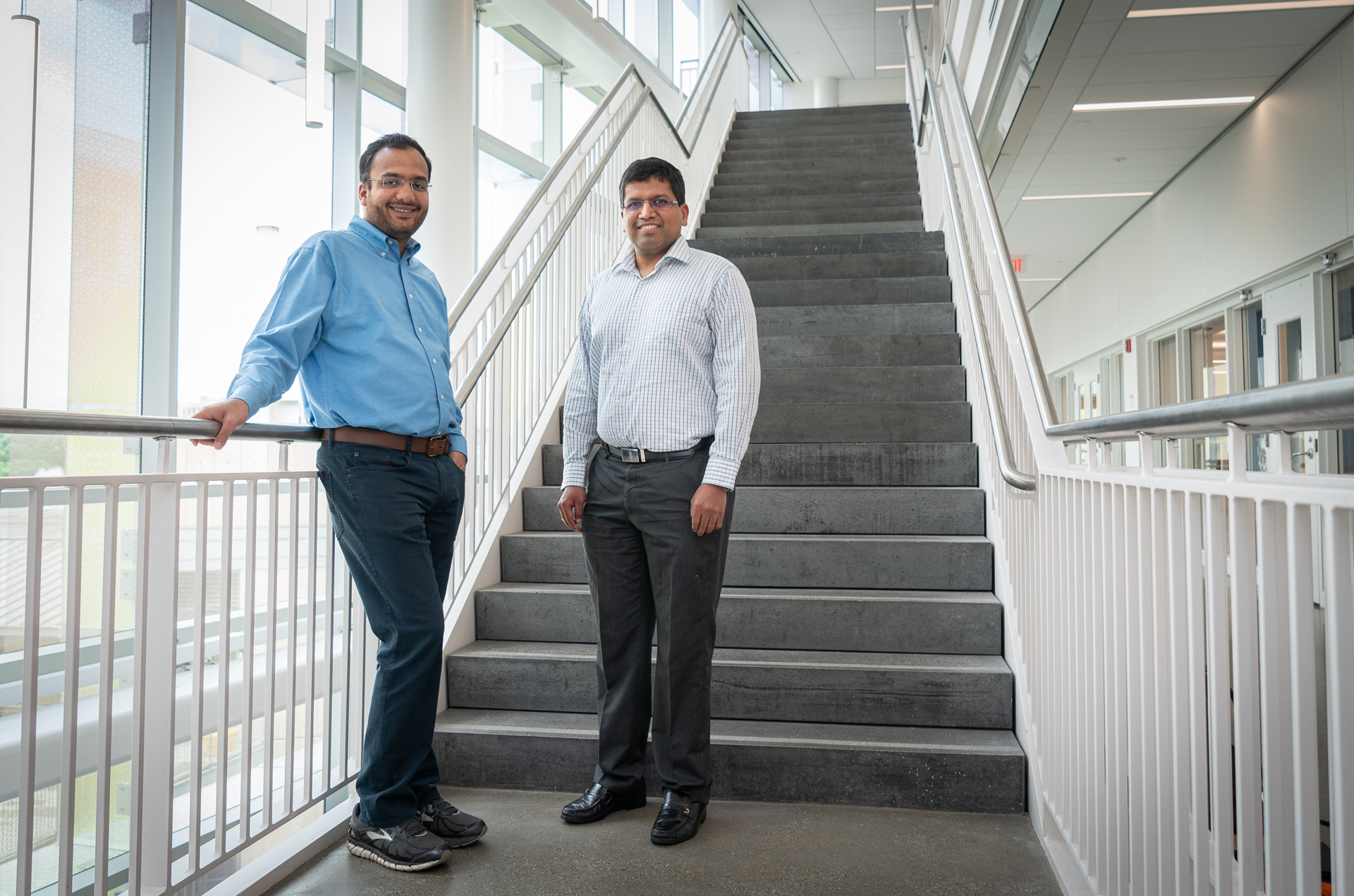Securing the energy grid with blockchains
The threat malicious hackers pose to the energy grid is a legitimate one, and that’s precisely why the US Department of Energy has awarded two Carnegie Mellon researchers a $400,000 grant to strengthen grid security using blockchain technology.
On a frigid day in December 2015, more than 230,000 Ukrainian residents lost power for an afternoon. Lights went out, televisions shut off, and heaters seized up. Their power grid had been hacked.
The threat malicious hackers pose to the energy grid is a legitimate one, and that’s precisely why the US Department of Energy has awarded two Carnegie Mellon researchers a $400,000 grant to strengthen grid security using blockchain technology.
“Hackers were able to attack the Ukranian power plants by exploiting a central control system,” says Rahul Panat, an associate professor in the Department of Mechanical Engineering. “If that control system was placed on a distributed network—a blockchain—then in theory, pulling off an attack would have been much more difficult.”
Panat’s expertise lies in high temperature sensor networks, much like those that feed information to the Supervisor Control and Data Acquisition (SCADA) system power plants employ to make decisions such as how much power to generate and where to send it. Panat will be working alongside Vipul Goyal, an associate professor in the Computer Science Department with chops in blockchain technologies.

Source: College of Engineering
“By working with a national lab like NETL, it can be a benefit to the entire nation,” says Rahul Panat (right), with Vipul Goyal (left).
“SCADA is a huge center point for attack from an attacker,” Goyal says. “But if the data from the sensors is placed on a blockchain, then the attacker does not have to attack a single computer, but multiple computers—maybe tens or hundreds of computers depending on how large the blockchain is.”
The researchers will be creating a simulated SCADA system and integrating it onto an eight-node blockchain. Eight was chosen as the number of nodes just for the purposes of experiment, Panat says, but the blockchain can easily scale, and at an affordable cost.
“A simple laptop computer—just $200 or $300—can be a node on this blockchain,” says Panat. “You don’t need a fancy workstation or supercomputer to do this.”
A simple laptop computer—just $200 or $300—can be a node on this blockchain.
Rahul Panat, Associate Professor, Mechanical Engineering
Although blockchains’ most popular applications—serving as the infrastructure for cryptocurrencies like Bitcoin or Ethereum—involve a public ledger that anyone can see, Goyal and Panat’s technology will be mainly private, hiding critical information from everyone—even those inside the company—except for a few authorized employees.
“This hierarchical access control will protect against insider threats in addition to outsiders trying to attack the grid,” Goyal says.
The researchers are targeting to conclude this project by the end of summer 2021, and at that point, they’ll hand a complete prototype of their eight-node blockchain system to the National Energy Technology Laboratory (NETL), a national lab under the Department of Energy Office of Fossil Energy.
“If this project was sponsored by one single power generation company, then the solution might remain right there,” Panat says. “By working with a national lab like NETL, it can be a benefit to the entire nation.”
